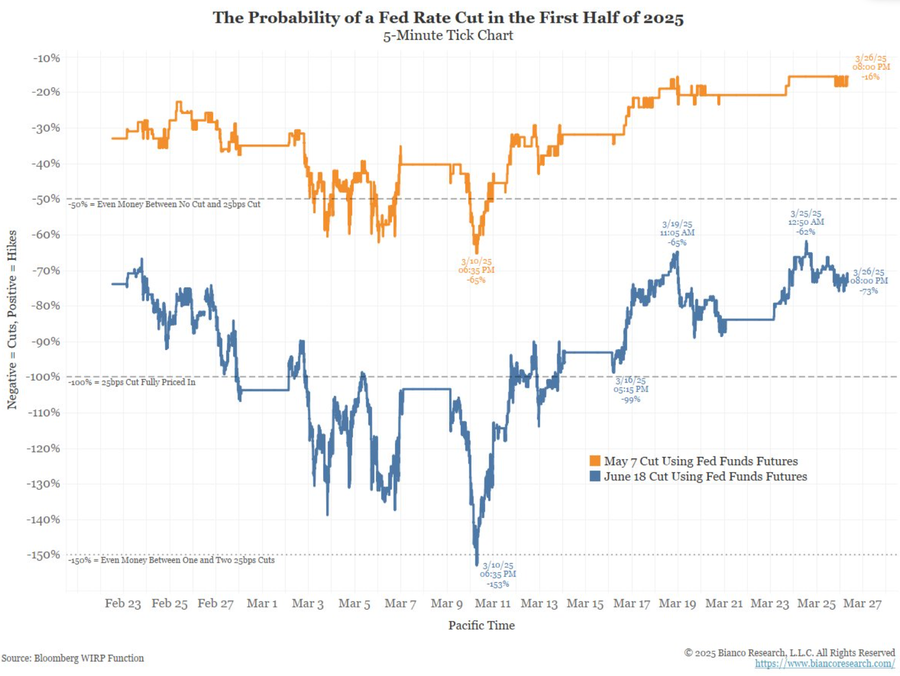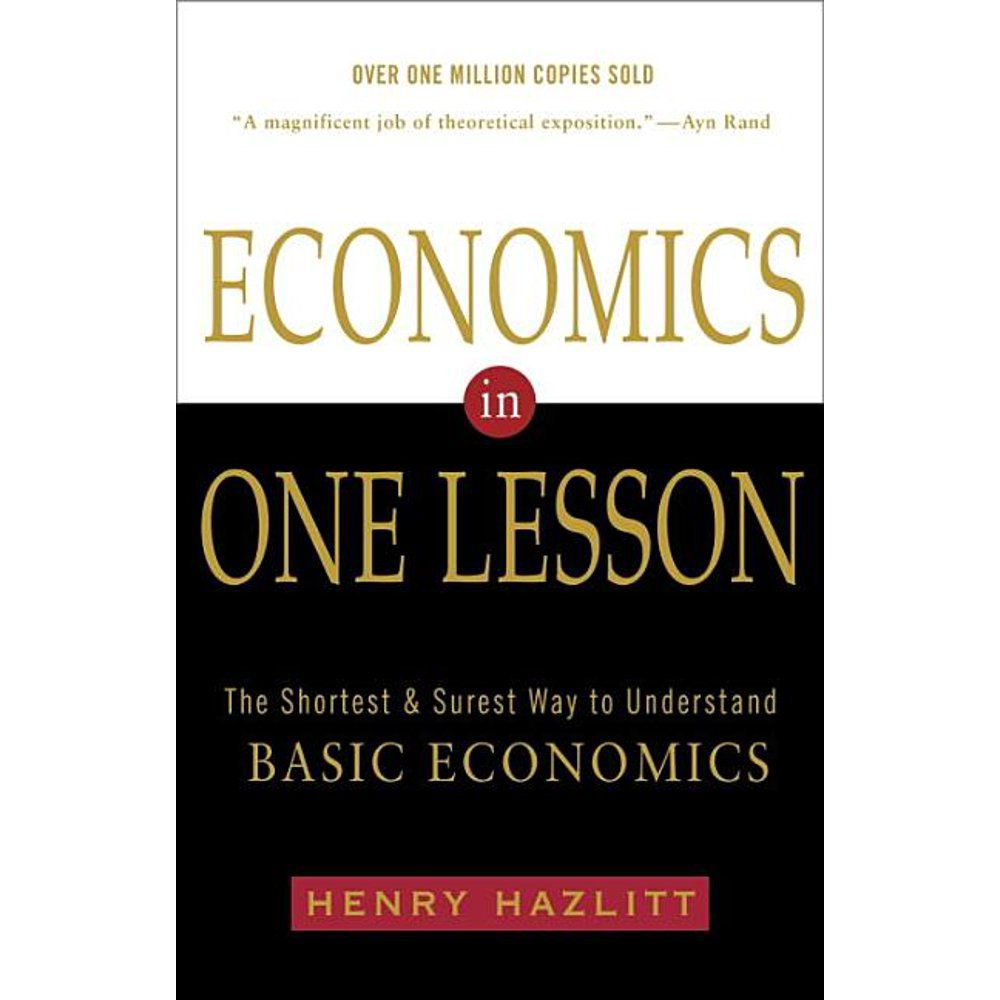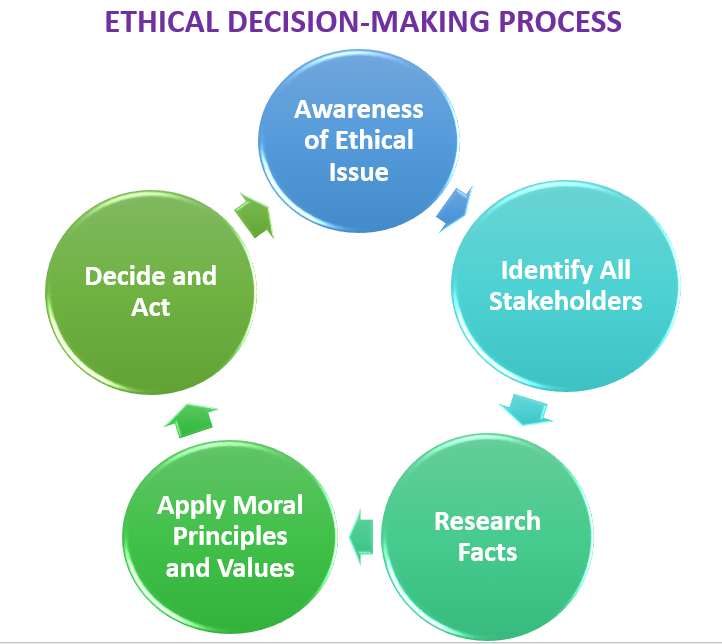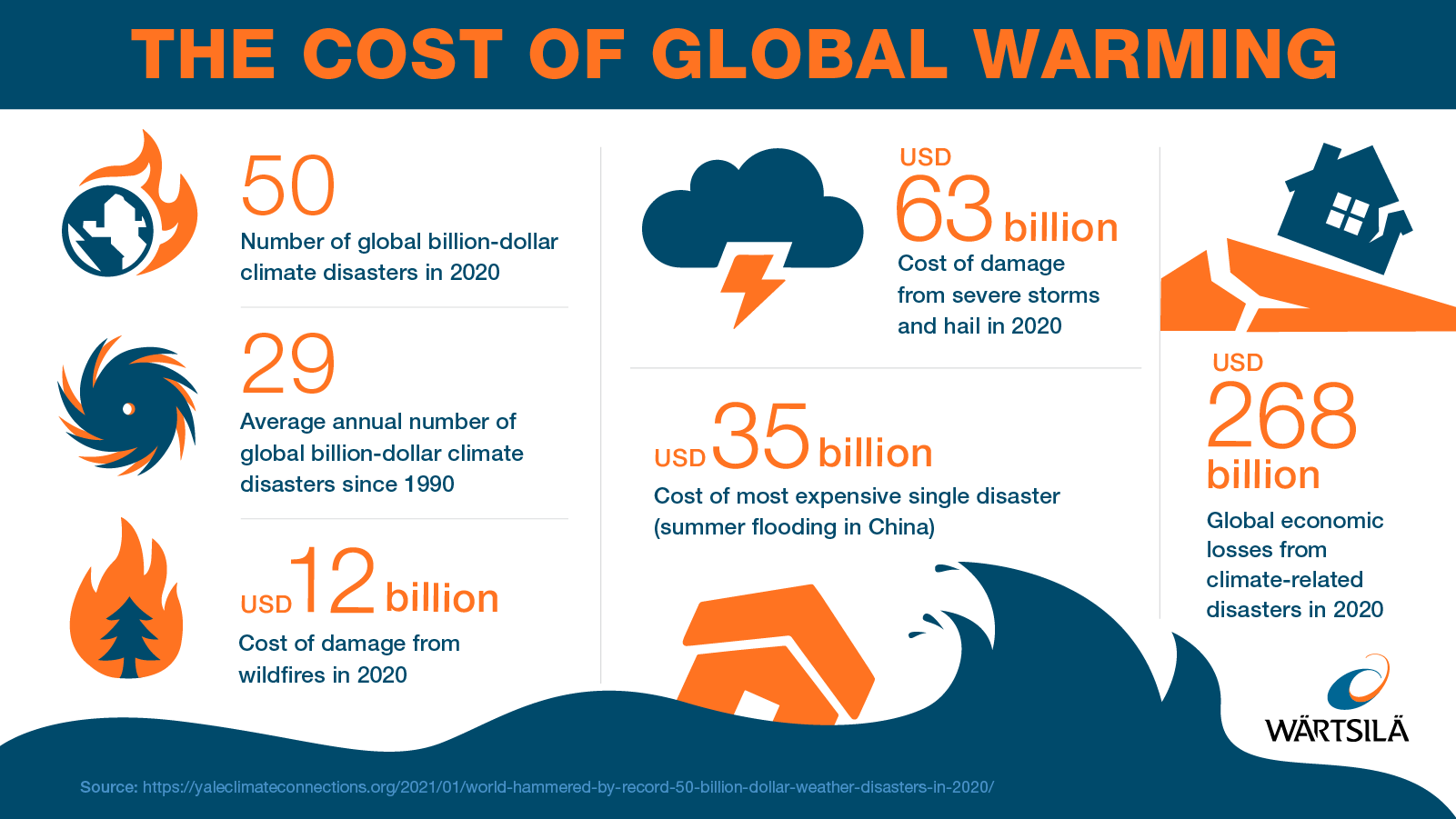The recent Fed rate cut marks a significant shift in the Federal Reserve’s approach to monetary policy, reducing borrowing costs and paving the way for potential economic growth. This interest rate reduction, the first of its kind in four years, could have wide-ranging effects on consumers, affecting everything from mortgage rates to credit card debts. As Fed Chairman Jerome Powell indicates, a healthy economy has allowed for this proactive adjustment, yet consumers are left wondering how soon the benefits will materialize. The economic impact of the Fed is particularly noteworthy as it aims to invigorate the housing market and ease financial pressures on households. With predictions of further interest rates cuts on the horizon, many are keenly assessing how these changes will influence their financial decisions and future investments.
The latest move by the Federal Reserve to lower interest rates signifies a new era in economic management, aimed at stimulating growth amid fluctuating markets. This strategic interest rate adjustment, also described as a monetary policy shift, serves to enhance affordability for loans and mortgages, potentially revitalizing consumer spending. Observers are watching closely as the overall economic ramifications of such regulatory actions unfold, particularly for homebuyers and businesses relying on loans. Additionally, with economic analysts forecasting future reductions, the conversation surrounding interest rates prediction is heating up, prompting consumers and investors alike to reconsider their financial strategies.
Understanding the Federal Reserve’s Role in Interest Rate Cuts
The Federal Reserve plays a crucial role in managing the U.S. economy by adjusting interest rates as a part of its monetary policy. The recent Fed rate cut is designed to lower borrowing costs for consumers and businesses alike, encouraging spending and investment. As Fed Chairman Jerome Powell mentioned, this strategic decision is derived from a careful analysis of economic indicators such as employment rates and inflation, ensuring that any adjustments align with the overall economic health. These rate cuts not only reflect the Fed’s commitment to stimulating growth but also signal to the market that further interventions will be made if necessary.
The potential for future interest rate reductions underscores the Fed’s proactive approach to economic management. By implementing a half-point cut unexpectedly, the Federal Reserve aims to boost confidence among consumers and investors. This decision allows for a predictive framework where businesses can make informed decisions based on the anticipated economic environment, mitigating risks associated with volatile interest rates. As a result, the decreased cost of borrowing creates a ripple effect throughout the economy, influencing consumer behavior, mortgage rates, and broader financial market dynamics.
Impact of Fed Rate Cut on Mortgage Rates
With the Federal Reserve’s recent policy shift, mortgage rates are expected to follow a downward trend. Economists have indicated that as the Fed continues to ease its monetary policy, borrowing costs for prospective homeowners will decrease, making housing more affordable. For many first-time home buyers, this presents an opportunity to enter the market with more favorable terms, ultimately driving demand for residential properties. However, it is important to note that while the rate cuts may lead to lower mortgage rates, existing rates may still remain above pre-pandemic levels for some time, impacting affordability more broadly.
The interaction between the Federal Reserve’s decisions and mortgage rates is complex but significant. As rates drop, potential homebuyers may feel more secure in making long-term investments in real estate, which can stimulate the housing market. Nevertheless, rising housing prices could counterbalance the positive effects of lower mortgage rates, indicating the need for strategic policymaking. The long-term goal of the Fed is to support a balanced economy, ensuring that the benefits of reduced borrowing costs align with sustainable growth across different sectors, especially in housing.
The Economic Impact of Fed Rate Cuts on Consumers
Consumers are likely to experience a mix of short-term and long-term effects from the recent Fed rate cut. Initially, lower interest rates can translate to reduced payments on credit card debt, car loans, and other personal borrowing, providing immediate financial relief for many. However, the actual impact may take time to materialize as financial institutions adjust their rates and consumers respond to market changes. Experts point to the importance of understanding that while a Fed rate cut can ease financial pressure, it is just one factor in a broader economic landscape that influences consumer behavior.
Beyond the consumer lending arena, the cuts could stimulate spending across various sectors, leading to job creation and boosting overall economic activity. As businesses react to lower borrowing costs, increased investments could translate into more employment opportunities, thereby enhancing economic stability. Yet, while consumers may welcome the immediate benefits, they should remain cautious, as the Fed’s ongoing adjustments reflect reactive measures to broader economic signals, including inflation trends and labor market fluctuations.
Interest Rates Prediction: What’s Next for Consumers?
As market analysts evaluate the potential trajectory of interest rates, predictions remain centered on the Federal Reserve’s strategic decisions. In the wake of the recent half-point cut, many forecast further reductions, contingent upon economic indicators such as unemployment rates and inflation metrics. This proactive stance by the Federal Reserve indicates a readiness to adapt policies in response to shifting economic conditions, providing consumers with a glimpse into the potential for lower rates in the near future. However, the unpredictability of economic signals means that consumers should remain cautious in their financial planning.
A sound approach for consumers involves staying informed about Federal Reserve policy changes and understanding how these changes may affect borrowing costs over time. While short-term benefits may appear appealing, the long-term implications can vary widely based on economic stability and consumer behavior. Interest rates predicting trends rely heavily on external economic factors, and consumers must consider these influences when anticipating the future of their financial obligations, particularly in relation to mortgages and consumer loans.
Overview of Federal Reserve Policy Decisions
The Federal Reserve’s policy decisions are guided by a commitment to stabilize the economy and ensure maximum employment while maintaining manageable inflation rates. The recent move to cut interest rates illustrates the Fed’s intent to foster economic growth amid challenges such as stagnant wages and elevated inflation. As discussions on monetary policy evolve, the Fed emphasizes a dual mandate: promoting sustainable economic growth while ensuring financial stability across sectors.
In historical context, the Fed’s decisions to adjust interest rates have significant implications for both consumer behavior and business investment. Each policy change brings forth new opportunities and challenges, shaping the financial landscape. By continuously monitoring economic data, the Federal Reserve aims to make well-informed decisions that support an environment conducive to growth, capturing the duality of ensuring present economic stability while preparing for future challenges.
Consumer Debt Management in the Wake of Rate Cuts
As consumers navigate the landscape of borrowing following the Fed rate cut, effective debt management becomes paramount. Lower interest rates provide an ideal environment for individuals to manage existing debts more efficiently. Homeowners with adjustable-rate mortgages, for instance, may benefit from reduced monthly payments, while those with credit card balances could see interest charges diminish. However, simply taking advantage of lower rates is not without risk—individuals must remain disciplined to avoid accruing new debt amidst the allure of cheaper borrowing costs.
Additionally, the influence of Fed policy on consumer debt extends beyond immediate financial relief. Long-term financial health can be achieved through prudent budgeting, strategic repayment of high-interest debt, and understanding the implications of borrowing decisions. As consumers feel the impact of the Fed’s monetary strategies, it’s crucial to balance the benefits of low-interest rates with a responsible approach to personal finance, ensuring that short-term gains do not lead to long-term financial pitfalls.
The Relationship Between Economic Indicators and Fed Policy
Economic indicators play a vital role in shaping the Federal Reserve’s policy decisions, particularly regarding interest rates. Metrics such as employment statistics, inflation rates, and consumer spending provide insight into the overall health of the economy, guiding policymakers in their responses. For instance, the decision to cut the federal funds rate was influenced by recent job growth data, signaling a need for supportive measures to maintain momentum. The Fed’s ability to interpret these indicators accurately allows for timely adjustments that can mitigate economic downturns.
Understanding this relationship enables consumers and businesses to anticipate Federal Reserve actions more effectively. By analyzing economic trends and the potential reactions from the Fed, stakeholders can prepare their financial strategies accordingly. This symbiotic relationship between policy decisions and economic indicators underscores the importance of comprehensive economic data analysis in shaping a resilient economic environment, ultimately leading to stability and growth opportunities.
Future Prospects for Consumers Amid Economic Uncertainty
As economic uncertainty looms, the outlook for consumers in light of recent Fed rate cuts remains a subject of keen interest. While immediate benefits such as reduced borrowing costs are welcomed, consumers must also navigate the complexities of a shifting economic landscape. Factors such as rising inflation, fluctuating employment rates, and evolving consumer sentiment play critical roles in determining how these cuts will impact overall financial stability. The interplay of these elements necessitates a strategy that balances optimism with caution.
Preparing for potential challenges while seizing opportunities becomes increasingly important. Long-term financial planning, including savings and investment strategies, can empower consumers to weather potential downturns resulting from unforeseen economic shifts. By staying informed and adaptable to changes in Fed policy and broader economic conditions, consumers can strategically position themselves to thrive despite the uncertainties ahead.
Key Takeaways from Recent Rate Cut Decisions
The recent Fed rate cuts serve as a critical reminder for consumers about the interconnected nature of economic policy, individual financial health, and market dynamics. As borrowers, individuals must remain vigilant about the implications of these decisions on their loans, particularly in terms of mortgage rates and access to credit. Understanding the mechanisms behind interest rate adjustments can empower consumers to make informed financial choices that align with their long-term goals.
Furthermore, the takeaway from the Fed’s approach underscores the importance of adaptability in personal finance. Consumers should remain open to adjusting their strategies in light of changing interest rates and economic conditions. By fostering this adaptability and using the insights gained from Fed policy shifts, individuals can better navigate their financial landscape, making decisions that support stability and growth in an ever-evolving economy.
Frequently Asked Questions
What is the current impact of the Fed rate cut on mortgage rates?
The recent Fed rate cut is expected to positively affect mortgage rates by encouraging them to move downward. As the Federal Reserve continues to ease policy, home buyers might benefit from lower borrowing costs, which can help improve housing affordability in the long run.
How does the Fed rate cut influence consumer debt such as credit card balances?
The Fed rate cut can lead to lower interest rates on credit cards and other consumer debt. While immediate relief might not be noticeable, as the cuts take effect and competition among lenders increases, consumers may see some decrease in their credit card interest rates over the next year.
What is the economic impact of Fed rate cuts on the broader economy?
Fed rate cuts can stimulate economic growth by making borrowing cheaper for businesses and consumers. This can lead to increased spending, job creation, and modest inflation, benefiting the overall economy in both the short and medium term.
Can we predict future Fed rate cuts based on recent announcements?
While the Fed’s recent statements suggest there may be additional rate cuts later this year, predicting the exact timing and magnitude depends on future economic data such as inflation and employment rates, making forecasts uncertain.
How might a Fed rate cut affect interest rates predictions for the next year?
With the Fed’s recent interest rate reduction, analysts generally predict a gradual decrease in interest rates throughout the next year, as long as economic indicators such as unemployment and inflation remain stable.
What are the implications of the Fed rate cut on housing affordability?
The Fed rate cut is likely to lower mortgage rates further, which can enhance housing affordability by reducing monthly payments for home buyers, thus making home ownership more accessible.
How does the Fed’s interest rate reduction strategy balance the need for economic growth and inflation control?
The Federal Reserve aims to balance economic growth and inflation control by strategically reducing interest rates when necessary to stimulate spending while being cautious to prevent runaway inflation, relying on timely data assessments to make informed decisions.
What do economists expect from the Fed’s policy changes regarding future economic conditions?
Economists anticipate that if the Fed continues with measured rate cuts, it could lead to modest economic growth and job creation over the next six to twelve months, aiding in stabilizing the economic landscape.
| Key Point | Details |
|---|---|
| Fed Rate Cut Decision | The Federal Reserve cut the key interest rate by 0.5%, the first reduction in four years. |
| Impact on Consumers | Benefits for borrowers, including homeowners, car buyers, and credit card users. |
| Future Expectations | Additional rate cuts may occur, with a possibility of two more 0.25% cuts by the end of the year. |
| Impacts on Mortgage Rates | Mortgage rates expected to decline further, improving housing affordability. |
| Economic Outlook | Modest job creation and economic growth anticipated over the next 6-12 months. |
| Balance of Risks | The Fed’s decision-making reflects risk management, allowing for adjustments based on economic data. |
Summary
The Fed rate cut is a strategic move by the Federal Reserve to lower borrowing costs for consumers and stimulate economic growth. Although the exact benefits and impacts will unfold over time, this significant reduction in rates is expected to lead to decreased mortgage rates, improved affordability in housing, and potential job creation. The market’s future expectations will also influence how quickly consumers see tangible benefits from this decision.



